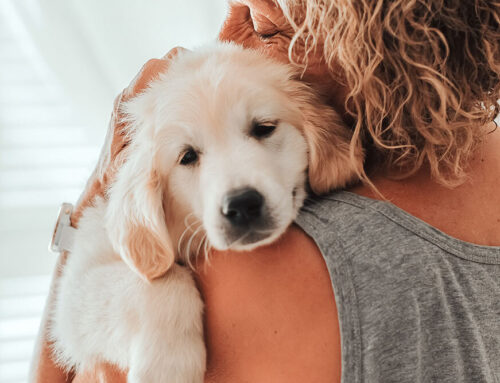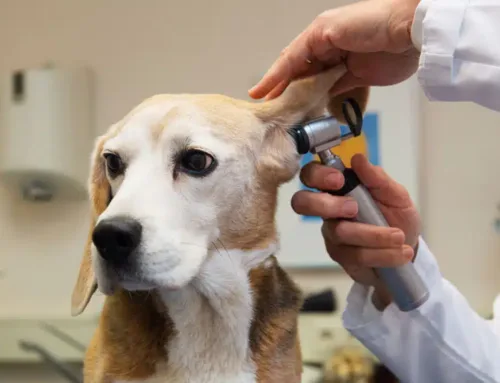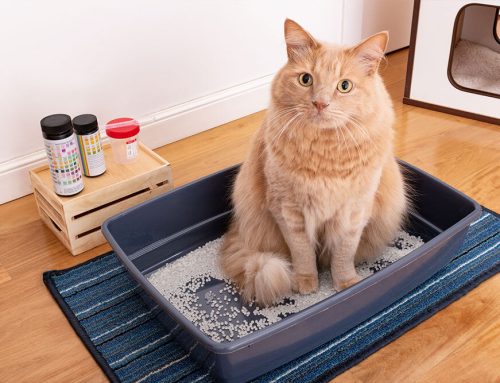As you’re soaping up your dog for her monthly bath, you notice a small bump on her side. Panicking, your mind immediately jumps to cancer. But, while many lumps and bumps on your furry pal can be cancerous, not all masses are malignant. Some are benign growths that require removal only if they grow too large, or irritate your pet, and oftentimes, the masses bother the pet owner more than the pet. When petting or grooming your pet, ensure you take time to routinely inspect her for unusual lumps, bumps, or other abnormalities. When you discover a new mass on your furry pal, ask yourself the following questions, as you monitor its development.
#1: When did I first notice my pet’s lump or bump?
Time flies rapidly, and remembering when you first noticed that your pet had a particular lump—one month or three months ago?—can be challenging. When you first notice a bump on your four-legged friend, mark that date in the calendar. Ensure you also describe the lump’s size and appearance and, ideally, take a picture for accurate record-keeping.
#2: Does my pet’s bump seem painful?
Many benign masses will not cause your pet any pain. But, if your pet’s lump appears painful or uncomfortable, she will need veterinary care to determine the cause, such as whether the mass is cancerous, or an abscess. Some malignant masses, such as osteosarcoma, which affects the bone, can be extremely painful for pets. Infection pockets can also be a source of pain, as abscesses are caused by some form of trauma, such as a bite from another animal, a puncture wound from a stick or thorn, or a decaying tooth.
#3: Has my pet’s lump grown?
Some pets may have benign masses for months or years that remain the same size, while other masses may begin to rapidly grow after a long period of no change. If a lump on your pet appears to have grown overnight, schedule an appointment with our Fairfax Veterinary Clinic team. Many quickly growing masses are malignant, and require a thorough work-up, evaluation, and surgical removal.
#4: Has my pet’s lump changed in appearance?
Most bumps tend to be circular and under the skin, but masses can break the mold, and can be found in many shapes, sizes, and appearances. Some may cause your pet’s hair to fall out, or change the skin color on the mass’s surface. If your furry pal’s mass changes in size, shape, or firmness, or if the skin turns red or dark, an appointment is needed, to determine the cause of the change, and whether removal is now required.
#5: Has my pet’s bump ever burst open or oozed?
Various lumps and bumps on pets tend to be under the skin, but some can erupt and ooze blood, serum, or pus, depending on the mass’s cause. Abscesses frequently rupture and drain, while sebaceous cysts can pop, and ooze oily material. While sebaceous cysts are often only messy and annoying to the pet owner, abscesses require antibiotics and may need lancing, draining, and flushing, to remove any lingering infection or debris.
#6: Have I noticed other changes in my pet since this bump first appeared?
Pets with benign bumps rarely exhibit other disease signs, but malignant masses are often paired with a variety of illness indicators, including:
- Decreased appetite
- Change in drinking
- Decreased energy and activity level
- Nausea and vomiting
- Diarrhea or constipation
- Pain
- Limping
If you have noticed changes in your pet’s typical behavior, habits, and attitude after a lump appears, you should contact us for a complete physical exam and diagnostic testing.
#7: What is the best way to monitor my pet’s lump at home?

When you first notice a lump on your pet, mark the date. Ideally, take a picture of the mass next to an object, such as a dime or golf ball, for size reference. At your pet’s initial appointment, we will identify the underlying cause of her lump, bump, or other mass, discuss the next step, and provide home-care instructions.
If you notice a marked change in the mass’s size or appearance, we recommend scheduling a follow-up visit to evaluate the cause of the differences. While some lumps, like abscesses or allergic reactions, resolve after medical treatment, others, like lipomas or fatty masses, will remain, and may continue to grow if not removed. Depending on the location, size, and growth rate of your pet’s lipoma, we may recommend waiting and monitoring the mass, or we may recommend surgical removal.
Has an unusual lump popped up on your pet? Call us to schedule an appointment, to check out your furry pal’s mass.








Leave A Comment